Humus is the result of decomposition of organic residues. Subsequently, under the influence of bacteria, humates are formed from it. Soil fertility depends on their quantity. Land owners use potassium humate only as a top dressing, not knowing what it is. The drug has many useful properties. It improves plant growth and increases productivity if you follow the instructions for use.
Content
What is potassium humate
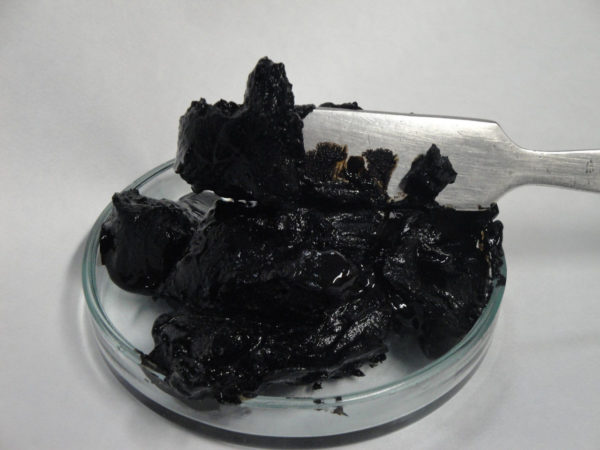
Potassium humate is a mixture of humic acids involved in all biochemical processes in the soil. Humus is present in all types of soil, but in varying amounts. Most of it is contained in black soil. The fertile layer is formed during the decomposition of organic substances: plant residues, manure, peat or coal. The degree of soil fertility depends on the concentration of humates.
In addition to humic substances, the composition of potassium humate includes such useful components:
- amino acids;
- macro- and microelements;
- peptides;
- enzymes;
- growth stimulants;
- natural antibiotics.
Humates belong to bioactivator fertilizers. They are ballast and ballastless. The first type of humic preparations is used to enhance the growth and strengthening of garden or horticultural crops, and the second - as a top dressing. Ballast humates contain mechanical impurities from the original substrate. They perform best on depleted soils. Potassium humate is obtained from peat or manure, and its sodium counterpart is from brown coal. There is practically no difference between the activity of the humic substances of the two drugs.
Useful properties of humic fertilizers
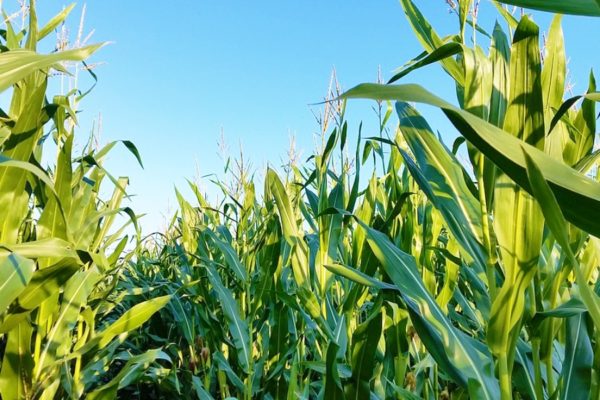
Humates have many useful properties. They have a positive effect on plants, which is manifested as follows:
- germination of seeds increases;
- growth of vegetative mass and roots is accelerated;
- resistance to drought and frost is improved;
- increased resistance to infections and pests;
- micro and macro elements contained in the soil penetrate better into plant tissues;
- reduced need for fruit and vegetable crops in nitrates;
- productivity increases;
- the taste and appearance of the fruit improves;
- the crop ripens earlier and is stored longer.
Under the influence of humates, small particles of soil turn into larger ones. The air permeability and moisture capacity of the soil improves. Due to its friability, the roots absorb more oxygen. The use of humic preparations reduces the consumption of nitrogen fertilizers by up to 50%. Humates have the following effects on the soil:
- improve microbiological composition;
- restore nutritional properties;
- lower acidity;
- reduce the content in the earth of salts of heavy metals and other hazardous substances.
Humate benefits
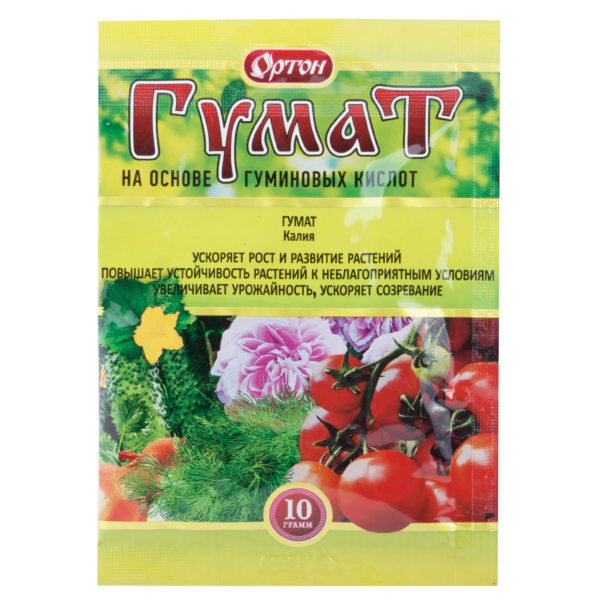
Potassium humate is an environmentally friendly fertilizer that does not contain harmful impurities. It does not accumulate in the soil and plant tissues. Even exceeding the dosage will not lead to fetal poisoning. In addition, the drug is used economically: 1 g of powder replaces 1 ton of organic additives.A container with humate fertilizer does not take up much space, it is convenient to store it. Optimum conditions - a cool and dark room.
Potassium humate has the following advantages:
- The preparation contains 58% nitrogen, which in other fertilizers is much less. For example, in the composition of urea its 46.3%, and in nitrate - only 35%.
- Humates increase the amount of gluten and protein in grain, which means its class.
- Humic preparations contain many useful substances: potassium, phosphorus, boron, cobalt, zinc, magnesium, sucrose and molybdenum. They can replace NPK fertilizers.
- In price, potassium humate is cheaper in comparison with mineral complexes, although it is not inferior to them in efficiency.
- The drug contains potassium - an important element of plant nutrition. If sodium humate is used as fertilizer, potassium top dressing must also be applied.
- Humic acids neutralize the toxic effects of herbicides, insecticides and fungicides. Salts of heavy metals are converted into compounds inaccessible for assimilation by plants.
- Humates are a good alternative to potassium sulfate, which is necessary for the normal development of plants.
Scope of humates
Humates are a group of elements that stimulate plant growth. They have a positive effect on flowers, garden trees, cereals, vegetables and fruit crops. The drug is used for such purposes:
- preplant planting of seeds and tubers;
- soaking the roots of seedlings or seedlings before planting;
- watering seedlings for better adaptation to new conditions;
- plant nutrition;
- soil restoration;
- preparing plants for winter;
- organic processing: manure, humus or compost.
The maximum effect is achieved when using humates on loams, sandy, calcareous or covered soils. Annual plants are recommended to be treated at the beginning of the growing season when inflorescences are formed. If potassium humate is watered with transplanted plants, damaged roots will recover faster. Fertilizer is applied to pre-moistened soil.
Release form and cost of humic preparations
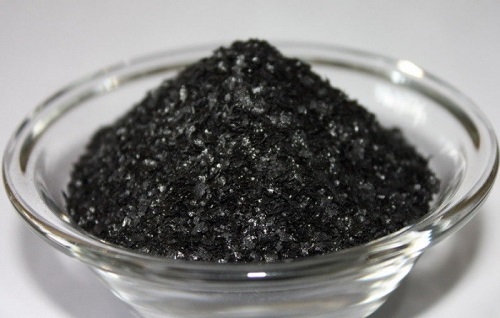
For ease of use, manufacturers produce potassium humate in a variety of forms:
- Tablets weighing 14 g. They are used for root dressing or spraying plants on a leaf. From tablets it is easy to prepare a solution of the desired concentration.
- Powder or granules. The drug is easily soluble in water. Ready solution can be used for 7 days. It is also suitable for dry land incorporation.
- Paste and gel. Such a drug has a fast action due to the high activity of the molecules.
- Liquid concentrate. The drug is convenient for large-scale use. Its foundation is peat. Fertilizer watered the site or irrigated large areas of planting.
- Humate-based mixtures are preparations supplemented with enzymes, amino acids, peptides and growth catalysts.
On the shelves of gardening shops you can buy humate fertilizers in their pure form or with various useful additives. Prompter - based concentrate sapropel. It contains the ideal proportions of mineral and organic elements. The drug is recommended for preplant preparation and top dressing. It is sold in sealed containers of 250 or 500 ml.
Gardeners often apply fertilizer Humate + 7 iodine. It is released in powder form. The drug is a complex top dressing with such trace elements: manganese, cobalt, boron, iodine, zinc, molybdenum and iron. Fertilizer has proven itself in grapes, garden strawberries and strawberries.Its use increases productivity by increasing the number and weight of fruits.
The price of potassium humate depends on the form of release, packaging and region of sale. The price of 1 tablet is on average 35 rubles. The cost of a canister containing 10 liters of liquid humate ranges from 65-170 rubles. per liter. Experienced gardeners prefer to prepare a humic solution on their own. Dry powder in bags can be purchased at a price of 25-30 rubles / kg. The savings are obvious.
How to properly feed humate potassium plants
Potassium humate is bred in accordance with the purpose and method of application. For foliar top dressing, the solution is prepared less concentrated: 10 g of water is enough for 3 g of dry fertilizer. For watering under the root, the liquid preparation is dissolved in a proportion of 1 tbsp. on a bucket of water. If you need to process a large area, you can use a humate tablet, whose weight is designed for 50 liters of water. For each type of plant, the instructions indicate the concentration that cannot be increased. Otherwise, you can harm the landings.
Powdered potassium humate is the most economical drug. A working solution is prepared from it in this way:
- 1 tsp is diluted in 10 l of water. dry matter.
- The mixture is left for a day to completely dissolve the granules.
- The liquid is carefully removed from the precipitate. You can strain it through cheesecloth.
- To get a working solution, 500 ml of the finished concentrate is mixed with 10 l of water.
Preplant
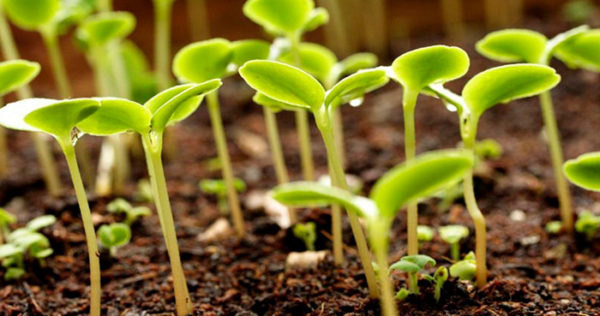
Potassium humate is treated with grain before planting. For 1 ton of seed, a solution prepared from 100 g of the preparation and a bucket of water is consumed. Before planting, it is advisable to hold tubers, onions, vegetable seeds and cuttings in a humate solution. To prepare a nutrient, you need 50 ml of liquid potassium peat humate per 1 liter of water. The tablet preparation is dissolved in a ratio of 1: 3. Each culture is kept in solution for a certain time:
- cuttings - day;
- bulbs - 8-9 hours;
- cabbage or tomato seeds - 2 days;
- potatoes - 12 hours;
- the seed of other vegetables is a day.
Fertilizer for vegetables and herbs
It is recommended to water cucumbers, root vegetables, zucchini, cabbage and nightshade culture with a solution of humate under the root. It is prepared in a proportion of 100 ml of concentrate per bucket of water. 1.5-2 liters of diluted fertilizer is poured under each plant. Top dressing is carried out 4-5 times per season at intervals of at least 2 weeks. The same solution is carried out and spraying. The consumption rate of the product is 1-3 l per 100 m2.
Greens are fed with humates 4-6 times during the growing season. The working solution is prepared in a proportion of 100 ml of the drug per 10 liters of water. The beds are watered at the rate of 5-6 liters per 1 m2. During active growth, superphosphate, potassium salt or the Agricola Vegeta preparation are additionally added to the plantings. The last time the plants are fed no later than 2 weeks before harvest. The result of such watering is good immunity and a rich taste of greenery.
Fertilizing fruit plants
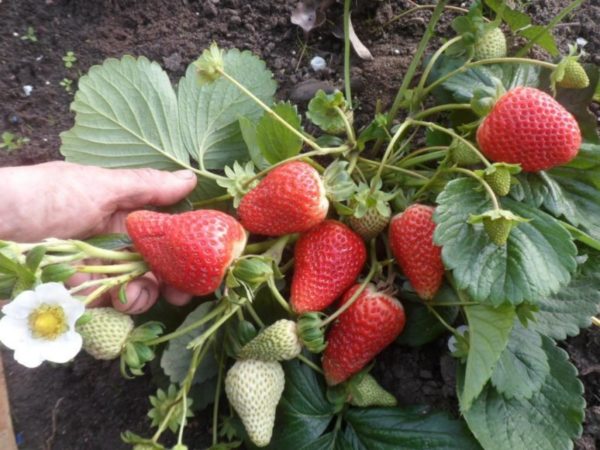
With a solution of potassium humate, bushes or the crown of trees are treated. Fertilizer is best used in combination with herbicides or pesticides. Saplings of fruit crops are fertilized with a solution prepared in the ratio of 100 ml of liquid potassium humate to 10 l of water. Such a volume is enough for landings of 1 m2. Processing is carried out in such periods:
- before flowering;
- during the formation of the ovary;
- at the stage of fruit ripening.
For feeding 5 m2 beds of strawberries prepare a solution in the proportion of 10 ml of humic concentrate per bucket of water. Fertilizer is applied several times per season:
- A solution of potassium humate is watered on the ground before planting.
- The accustomed bushes are fed to improve growth and yield.
- In autumn, strawberries are watered with humic potassium fertilizer to make it easier to endure winter adversities.
Fertilizing garden and indoor plants
Flowers growing in open ground fertilize in early spring.Perennial crops are treated with a humate solution at the beginning of the growing season, and annuals - when all seeds germinate. Then top dressing is repeated 3-6 times with an interval of 14-20 days. Humate fertilizer is prepared in a proportion of 100 ml of the drug per bucket of water. The consumption rate of the irrigation agent is 10 l per 1 m2and for irrigation - 3 l per 100 m2.
Indoor humic dressing is extremely necessary, since the formation of humus in pots is impossible. In the warm season, this fertilizer is applied 3-5 times, and in the winter - 1 time in 30 days. Humate fertilizer is prepared from 100 ml of concentrate and 10 l of water. To indoor plants bloomed profusely, they are sprayed with a humic solution with a concentration of 75 ml of the drug per 1 liter of water. Processing is carried out in the spring 2 times a month.
Soil improvement
To increase fertility and clear the soil of pesticides, humates are applied in powder form during digging. The frequency of fertilizer application depends on the type and condition of the soil. Usually enough 2-3 fertilizing. On 1 m2 make 100 g of powder. Potassium humate can be mixed with a small amount of sand and scattered over the site in early spring. Dry fertilizer is absorbed into the ground with melt water.
To improve the composition and structure of the soil, it is treated with a 0.1% humate solution. A concentrated product is prepared from 1 liter of humic preparation and 10 liters of water. To improve the soil around the trees make a ditch on the bayonet of a shovel. 1-1.5 m recede from the trunk. A potassium humate solution prepared in the ratio of 0.5-1 l per bucket of water is poured into the pit. Then the ditch is covered with earth.
Potassium humate can be mixed with manure, compost or humus in the proportion of 10 g of dry matter per 10 kg of organics. Treated fertilizer matures faster. It can be applied to the soil after 3 months.
How to increase the effectiveness of humate
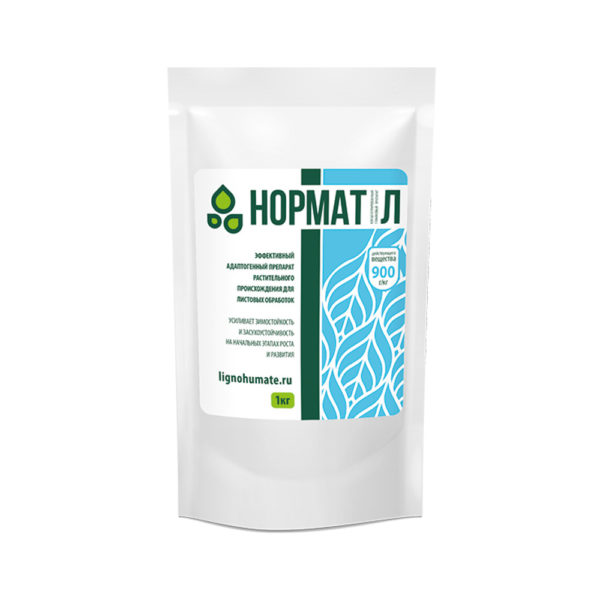
Humates are used not only as a fertilizer, but also as a complex action agricultural product. Trace elements and phytohormones contained in humic preparations increase the effectiveness of other fertilizers applied. In order for the plants to grow well and bear fruit, it is necessary to protect them from the adverse conditions causing stress. For example, after processing with pesticides, vegetables stop growing and produce poor crops.
Normat L. belongs to adaptogenic preparations. It is based on fulvic and humic acids. In addition, Normat L contains mineral supplements and phytohormones. Such a “cocktail” stimulates the growth of plants, increases their immunity, and helps to eliminate harmful substances from tissues. The effect of humic acids is enhanced and plants recover faster after stress. Further planting is developed due to its own phytohormones. Substances obtained from the use of Norma L help maintain active growth.
Humate Precautions
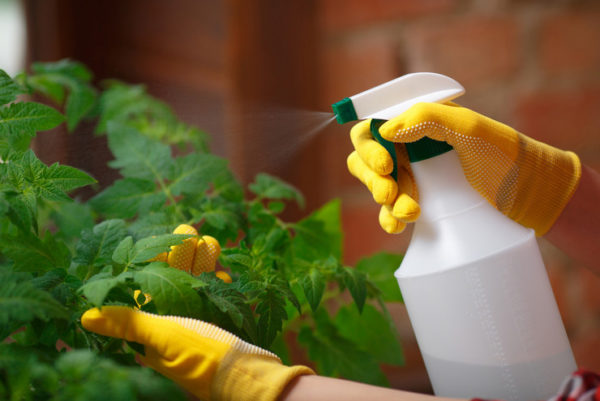
In order not to harm the plants, you must consider the compatibility of humates with other fertilizers. The use of a humic preparation in combination with organic matter significantly increases its effectiveness. Potassium humate is recommended to be added together with urea and ammonium nitrate. However, they should be used carefully, since an excess of nitrogen spoils the taste of berries and fruits.
When using humic top dressing, you should adhere to such recommendations:
- It is not necessary to simultaneously fertilize the soil with humates and phosphorus-containing preparations. Their combination leads to the formation of insoluble compounds hazardous to plants.
- The parallel use of humates and potassium sulfate is harmful to plantings. An interval of at least 5 days is required.
- For annual crops, the introduction of potassium humate is advisable before the start of budding.
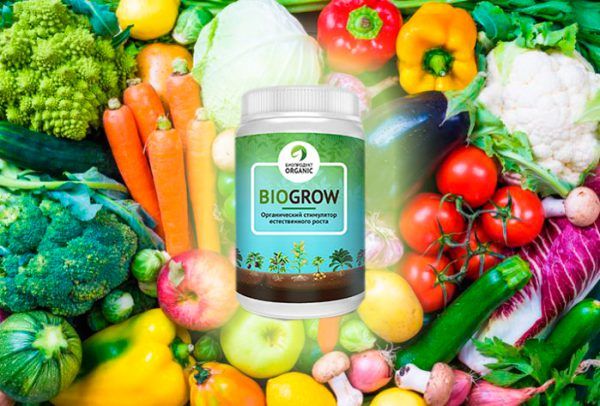 You may be interested in:
You may be interested in:Potassium humate is a multifunctional natural fertilizer. Its application solves many agricultural problems, including improving the composition of the soil and increasing productivity. Humic complexes are used not only in personal plots, but also in large farms. Their main advantages are accessibility, environmental friendliness and a variety of beneficial properties.

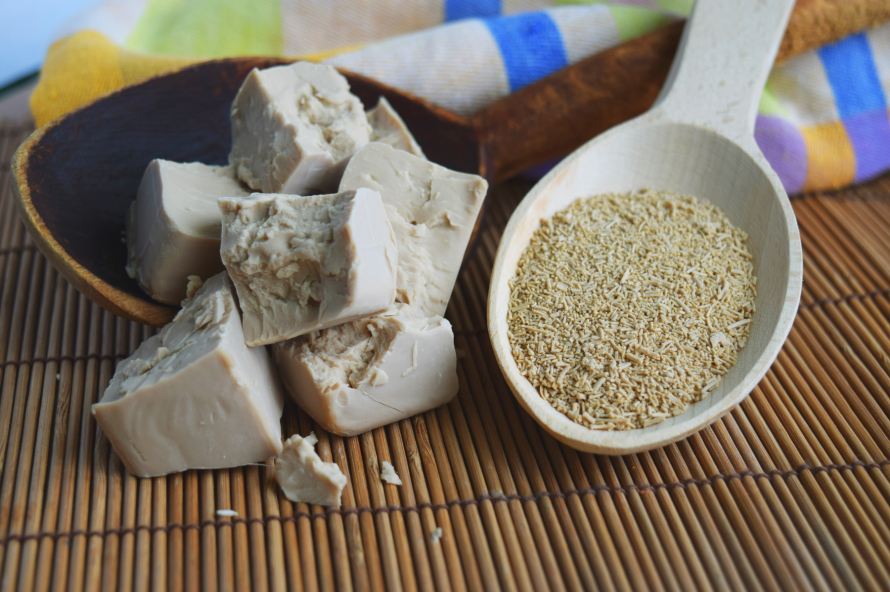
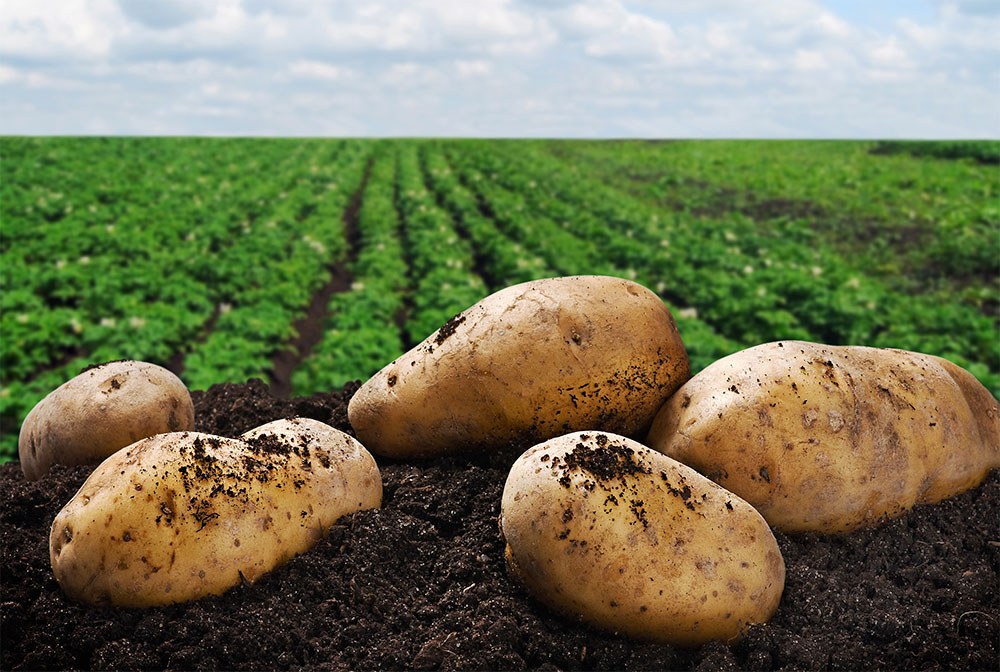
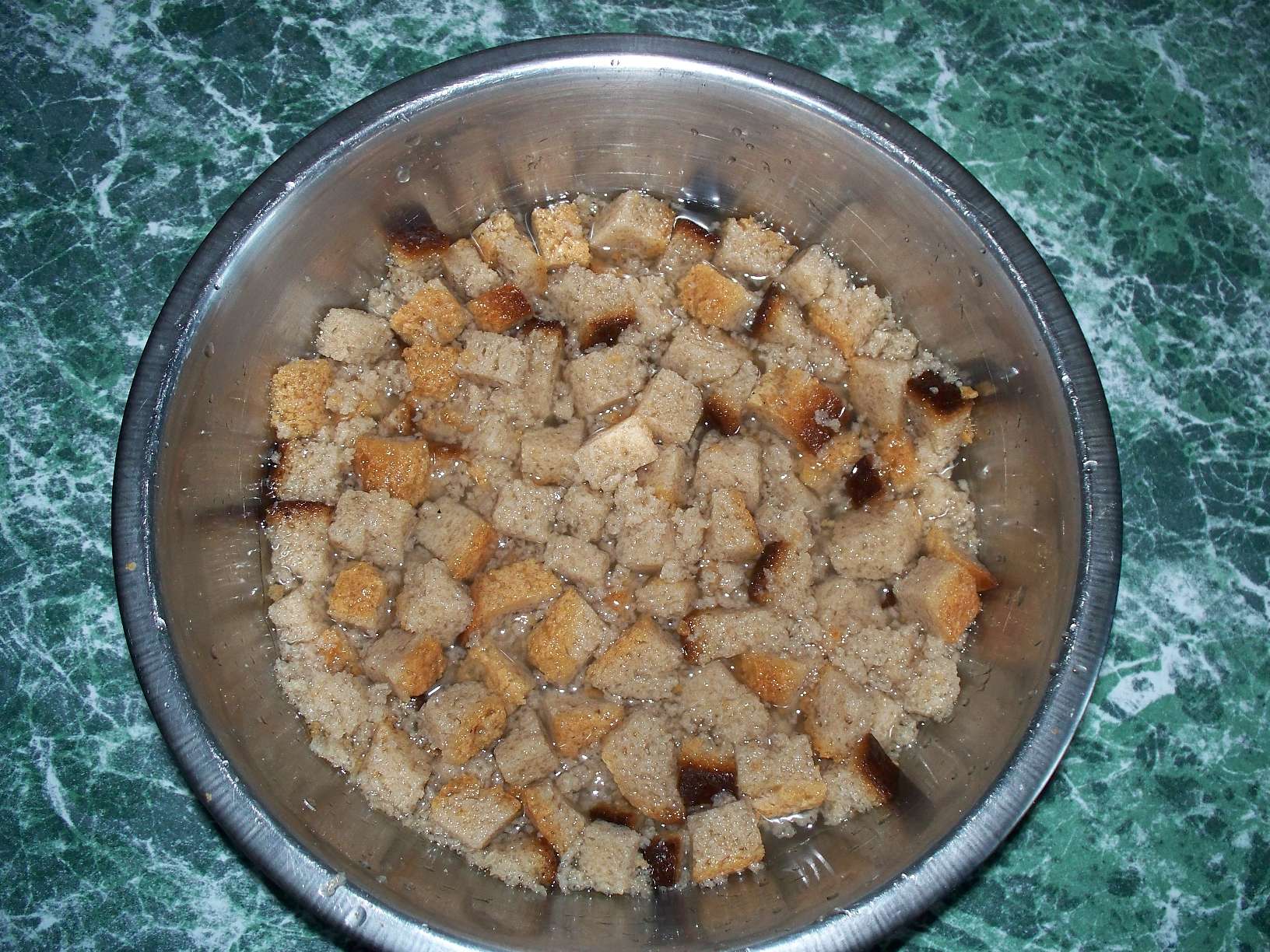
 Superphosphate: what is it and how to apply it
Superphosphate: what is it and how to apply it What problems can be expected from siderats?
What problems can be expected from siderats? Secrets of the collection, storage and use of eggshells in the garden
Secrets of the collection, storage and use of eggshells in the garden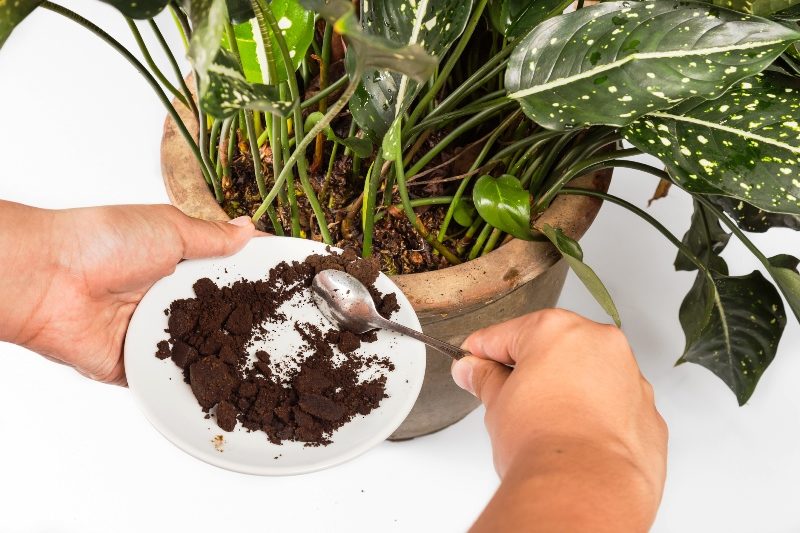 The most popular top dressing for indoor plants
The most popular top dressing for indoor plants